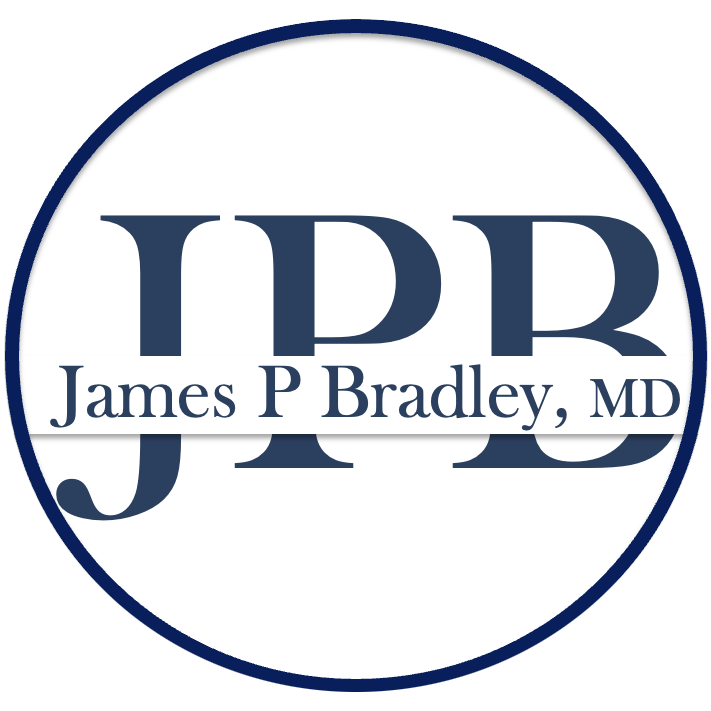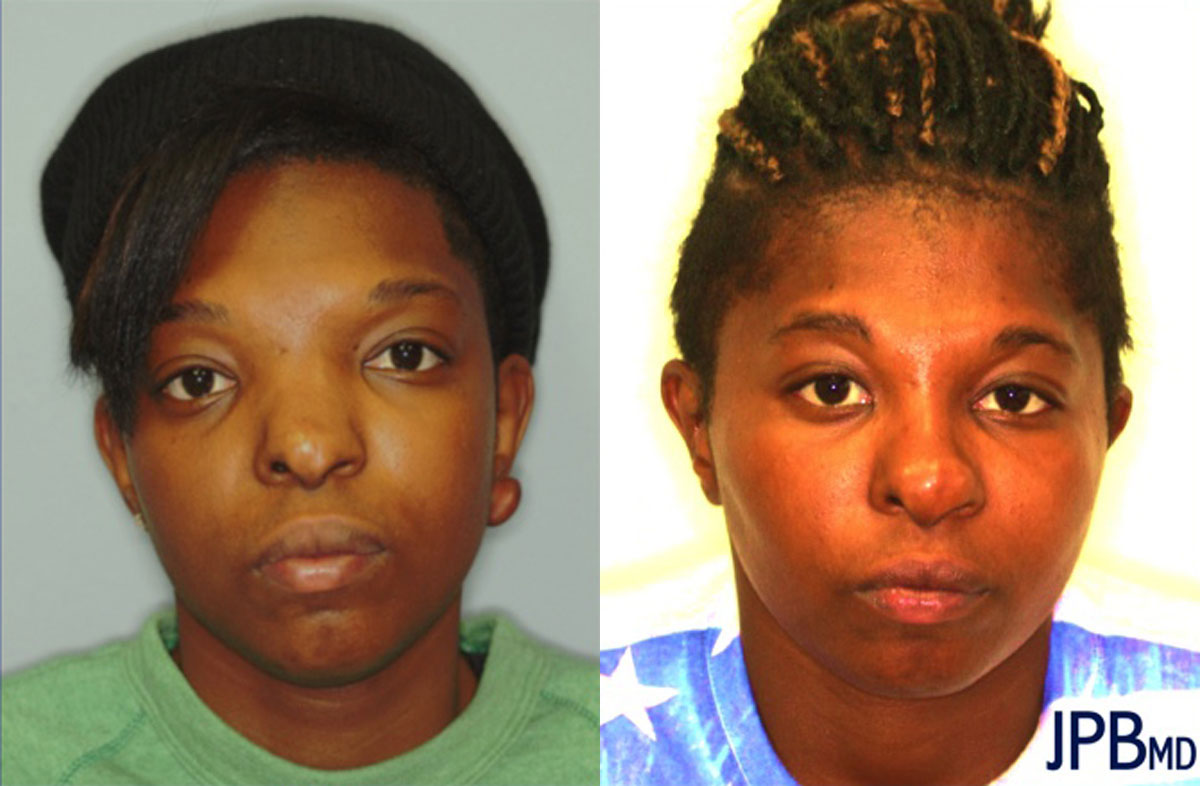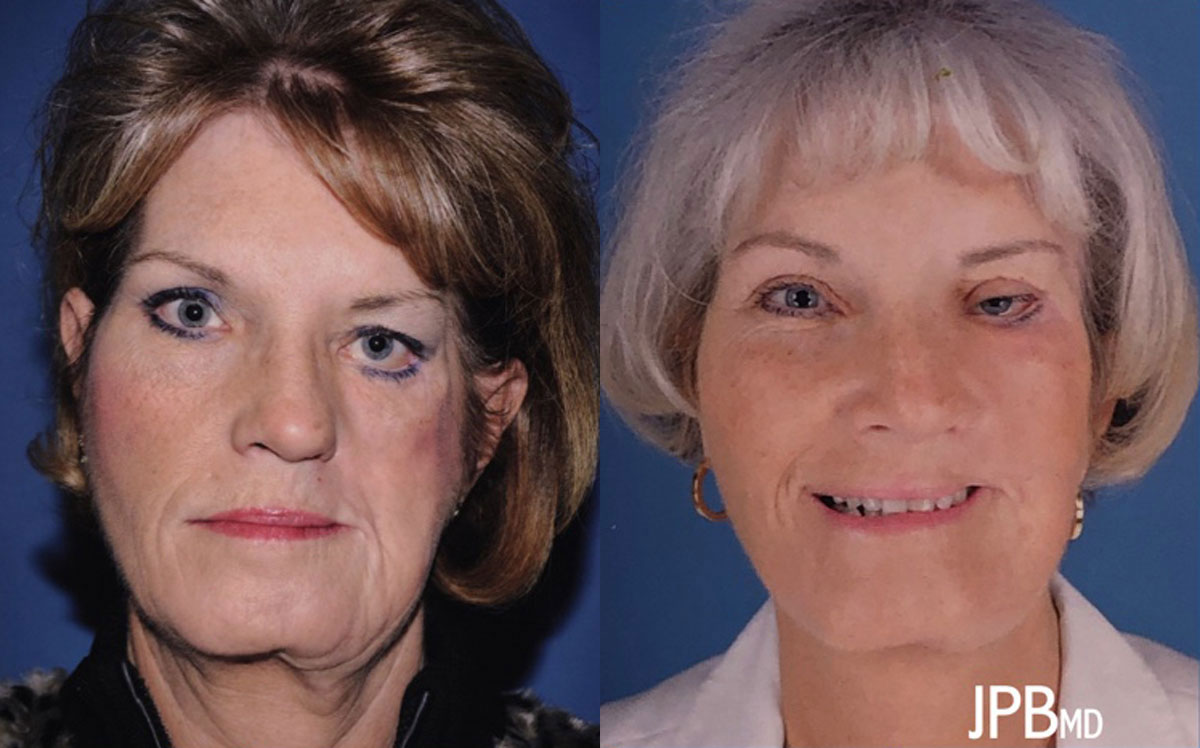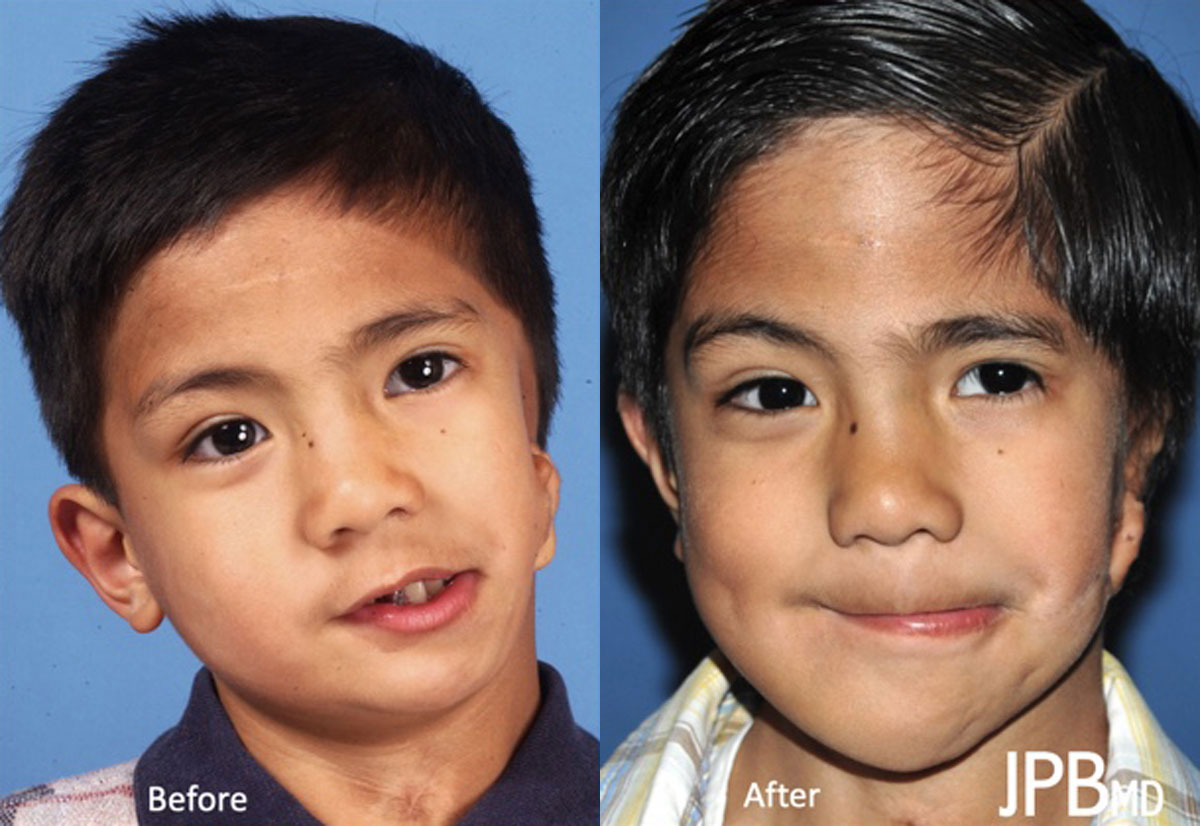Conveniently located to serve New York City, Queens, Bronx, Brooklyn, Long Island
If you’re looking for expert care for craniomaxillofacial fibrous dysplasia—a condition that causes abnormal bone growth in the face and skull—Dr. James P. Bradley, a board-certified specialist in both plastic and general surgery, offers advanced reconstructive procedures in New York City to restore function and appearance.
What Is Fibrous Dysplasia?
Fibrous dysplasia is a benign bone disorder that replaces normal skeletal tissue with fibrous connective tissue. This leads to a weakened structure, making you prone to breaks and fractures.
This rare genetic disorder usually becomes noticed in late childhood or early adulthood. It can occur in one region only (monostotic) or in many areas (polyostotic). It may go unnoticed until symptoms like a limp, pain, or fractures occur. There are more apparent symptoms, such as facial deformities and teeth displacement, that can be corrected.
When this condition affects the bones of the face, it is known as craniofacial fibrous dysplasia. Facial bones may be disfigured or malformed, leading to drastic appearance changes. When it affects the function and/or appearance of the nose and face, it can be corrected using reconstructive surgery.
What Causes Fibrous Dysplasia?
Fibrous dysplasia is caused by a genetic mutation in the GNAS gene, which affects bone development. This mutation occurs sporadically and is not inherited from parents. The abnormal gene leads to replacing normal bone with fibrous tissue, resulting in weakened, misshapen bones.
While the exact cause of this mutation is unknown, fibrous dysplasia is often associated with McCune-Albright syndrome, a rare condition that also affects the skin and endocrine system.
Symptoms of Fibrous Dysplasia
The symptoms of fibrous dysplasia vary depending on the location and severity of the condition. Common signs include:
- Bone pain or tenderness
- Swelling or deformity in affected areas
- Frequent fractures due to weakened bones
- Facial asymmetry or disfigurement (in craniofacial fibrous dysplasia)
- Breathing difficulties if the nasal passages are affected
- Vision or hearing problems if the skull bones are involved
In some cases, fibrous dysplasia remains asymptomatic and is only discovered through imaging tests performed for other reasons.
Ideal Candidate for Fibrous Dysplasia Correction
People with fibrous dysplasia who experience facial asymmetry, bone deformities, or functional issues may be good candidates for corrective treatment. Surgery can help improve facial balance, relieve chronic pain, and address breathing difficulties caused by excess bone growth.
Candidates should be in good overall health, as medical conditions can affect healing. While surgery is typically recommended after facial bones have fully developed, the timing varies for each patient. It’s also important for patients to have realistic expectations and be emotionally prepared for the procedure and recovery process.
How Is Fibrous Dysplasia Diagnosed?
Diagnosing fibrous dysplasia typically involves a combination of:
- Physical Examination – Dr. Bradley will assess any visible deformities, pain, or functional impairments.
- Imaging Tests – X-rays, CT scans, or MRIs help visualize the extent of bone involvement.
- Bone Biopsy – In some cases, a small sample of bone tissue may be taken for further analysis.
Early diagnosis is essential for monitoring disease progression and determining the best treatment approach.
Your Fibrous Dysplasia Consultation in NYC
During your consultation with Dr. Bradley, you will be physically examined to determine the severity of your disorder. Additional diagnostic tests may be undertaken to diagnose your condition properly.
You will be informed of the available treatment options in detail, including the required preparation and recovery process. It is important to ask any questions you may have. Finally, a surgical plan will be created, and a date will be set for your initial procedure.
Fibrous Dysplasia Correction Objectives
- To improve breathing with the reconstruction of cartilage support. Breathing improvement may be noticed as relief from sleep apnea.
- To straighten the nose and provide a more appealing and balanced nasal shape that is specific for you.
Treatment Options for Fibrous Dysplasia
Treatment for fibrous dysplasia depends on the severity of symptoms and the location of the affected bones. Options include:
Non-Surgical Management
- Medications – Pain relievers and bisphosphonates may help manage bone pain and reduce fracture risk.
- Monitoring – Regular imaging tests can track disease progression in mild cases.
Surgical Treatment
For patients with significant deformities, functional impairments, or recurrent fractures, fibrous dysplasia correction surgery may be recommended. Surgical options include:
- Bone Contouring & Reshaping – To improve facial symmetry and restore normal bone structure.
- Reconstructive Surgery – To correct deformities affecting the nose, jaw, or skull.
- Bone Grafting – In some cases, healthy bone may be transplanted to strengthen affected areas.
The Fibrous Dysplasia Correction Recovery Period
Following each corrective procedure, you will need some time for recovery. Your downtime for surgery might take a few weeks. You can expect bruising, swelling, and pain for the first several days. Oral pain medications can help ease the discomfort.
Maintain minimal activity during the first week after surgery. No strenuous activities are allowed for the first three weeks to avoid negatively affecting the incisions.
Fibrous Dysplasia Correction Cost in NYC
The cost of fibrous dysplasia corrective surgery varies from patient to patient because it is tailored specifically for each individual. The overall price will include the anesthetic used and the extent of the work done.
Why Choose Dr. James P. Bradley
Dr. James P. Bradley is a renowned specialist in craniofacial reconstructive surgery with extensive experience treating fibrous dysplasia in New York City. His expertise in advanced surgical techniques ensures that patients receive the highest level of care.
By choosing Dr. Bradley, you benefit from:
- Personalized treatment plans tailored to your condition.
- State-of-the-art surgical techniques for optimal results.
- Comprehensive care from diagnosis to post-surgical recovery.
FAQs about Fibrous Dysplasia
Does a secondary cleft rhinoplasty have to be performed?
No, this is an optional procedure in most situations aimed at providing the best appearance during school socialization.
Why does the septal surgery have to wait until teenage years?
The septum is a center for face growth and should not be operated on until maturity. In addition, the deviation is not apparent until teen years.
At what age does Fibrous Dysplasia typically develop?
Fibrous dysplasia usually develops in childhood or early adulthood. Many cases are diagnosed between the ages of 5 and 30, though symptoms may not appear until later in life.
Is Fibrous Dysplasia hereditary?
No, fibrous dysplasia is not inherited. It is caused by a random genetic mutation in the GNAS gene that occurs during early development.
Can Fibrous Dysplasia return after surgery?
Surgery can correct deformities and improve function, but fibrous dysplasia is a chronic condition. In some cases, bone regrowth may occur, requiring additional treatment in the future.
Schedule Your Consultation
Learn more about reconstructive surgery to address the symptoms of craniomaxillofacial fibrous dysplasia in New York City. Contact Dr. Bradley today to arrange a consultation.






